The Royal Family’s five biggest PR disasters
Unfortunately Prince Andrew’s shockingly ill-judged interview isn’t the first time a royal has got it so very wrong…
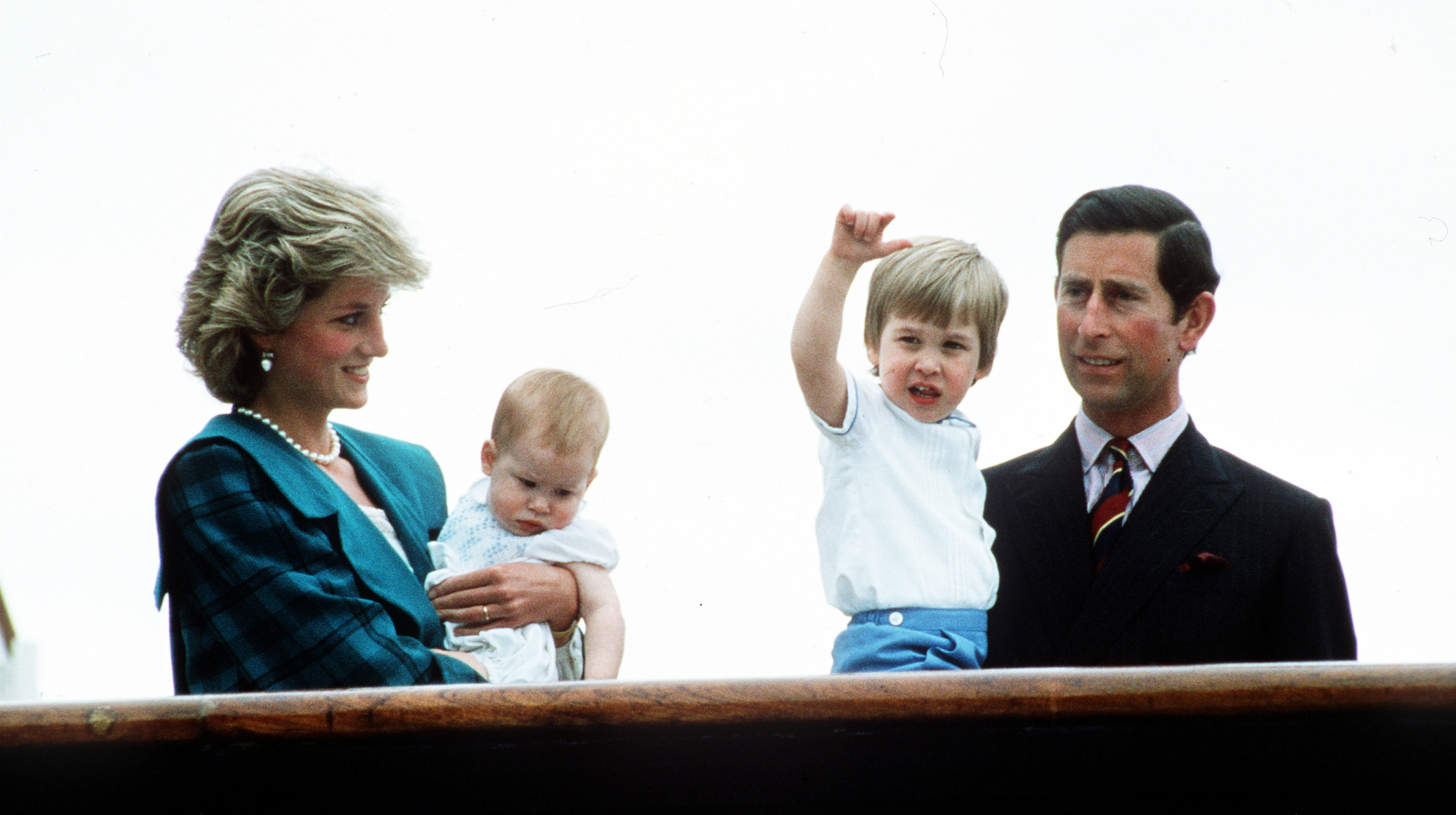
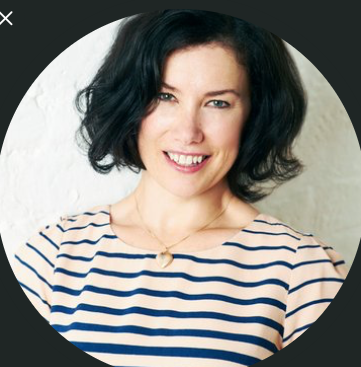
Unfortunately Prince Andrew’s shockingly ill-judged interview isn’t the first time a royal has got it so very wrong…
Words Michelle Davies
Prince Andrew’s interview with the BBC’s Emily Maitlis about his friendship with paedophile Jeffrey Epstein isn’t the first time a member of the Royal family has misjudged the public mood and expected support and deference only to receive the opposite. Here are five other times they got it woefully wrong.
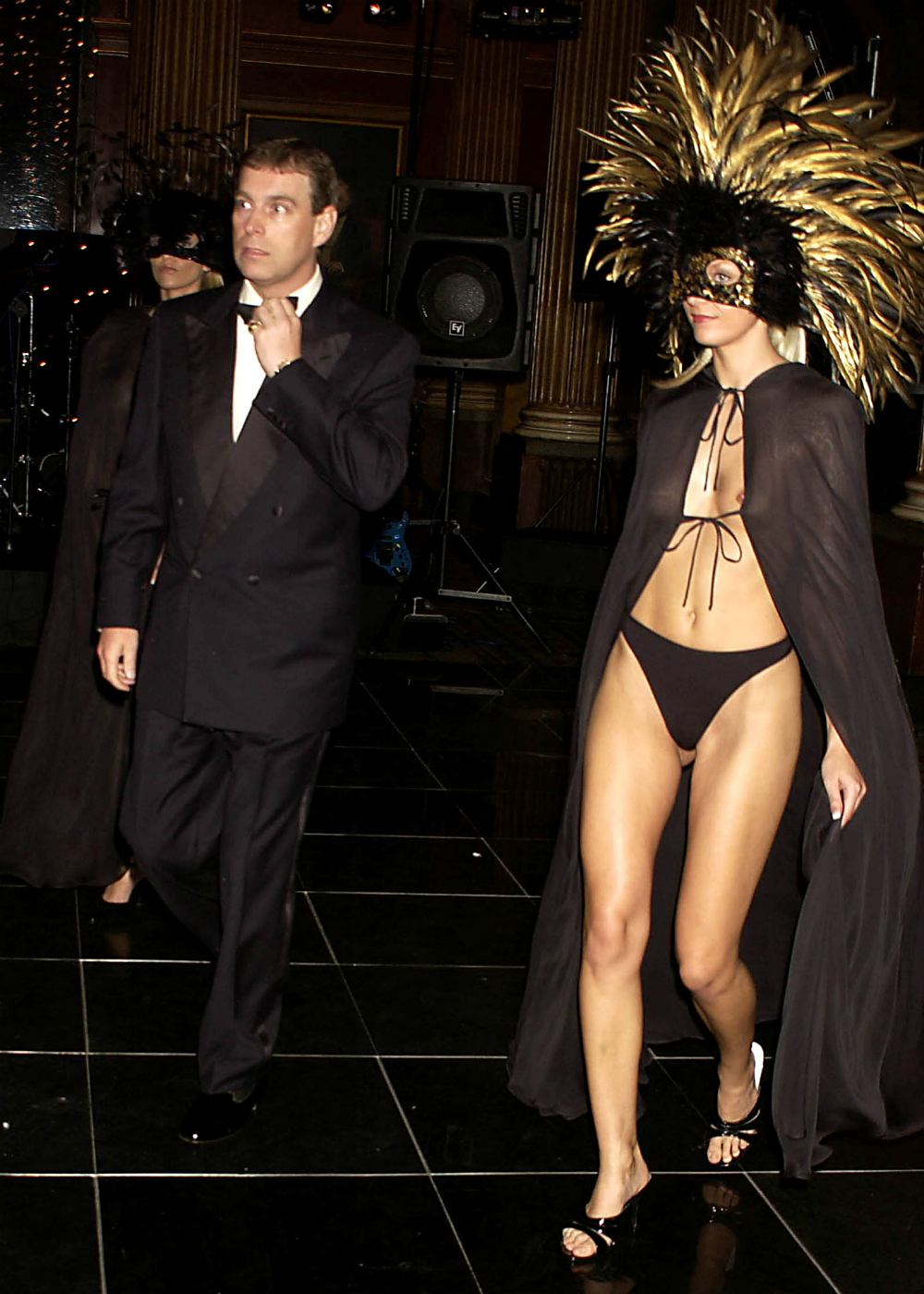
Meghan and Harry’s South Africa confessional
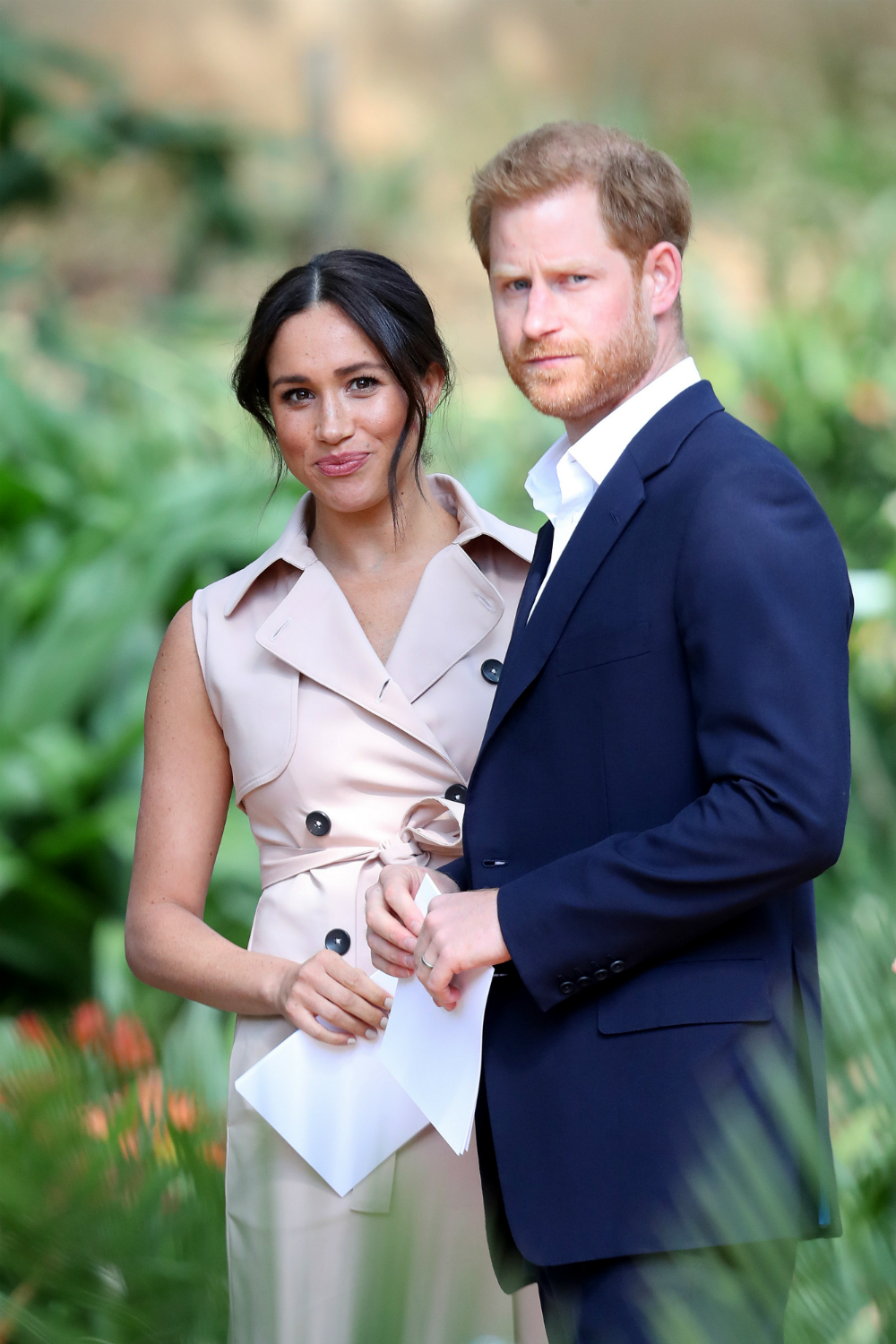
It’s impossible to downplay the enormous pressure the Duchess of Sussex has been under since marrying into the Royal family – the vitriol aimed at her from some quarters of the media has been horrendous, prompting her to take legal action. Yet PR experts were left scratching their heads when she and Harry chose the end of their well-received and much-praised tour of southern Africa last month to complain to ITV News At Ten’s Tom Bradby about how unhappy they both were. The ensuing headlines meant, sadly, their excellent work on the continent was forgotten and now they’re said to be exiling themselves in America for six weeks over Christmas to escape the backlash.
The Queen’s reaction to Princess Diana’s death

Few people, least of all The Queen, could’ve predicted how the nation would respond to the death of Diana, Princess of Wales. It became a show of grief on an unprecedented level, with millions pouring into London every day after Diana’s fatal accident on 31 August 1997 to line the streets with flowers as a mark of respect. However, when Her Majesty declined to return to the capital from Balmoral, where she was holidaying with family members that included Princes Charles and his grieving sons William and Harry, a backlash quickly ensued, with newspaper headlines asking, ‘Has the House of Windsor Got a Heart?’ Eventually The Queen did return to address the nation (she said her priority had been the emotional wellbeing of her grandsons) and she did lower the flag at Buckingham Palace to mark Diana’s passing, which she’d also been criticised for not ordering, but the feeling remained that she was so out of step with her subjects she’d failed them.
Diana and Charles’ He Said/She Said interviews
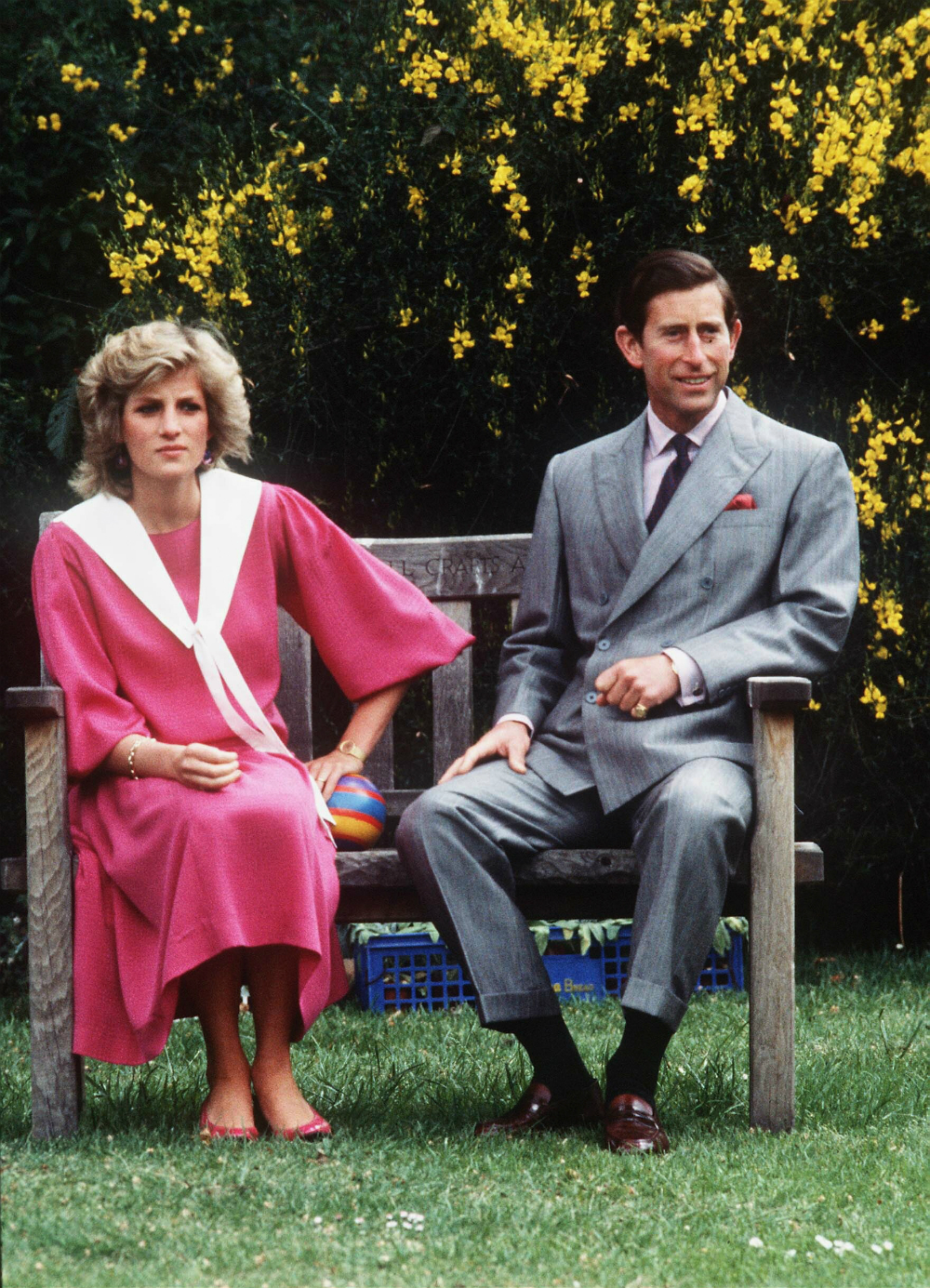
As Prince Andrew is learning to his detriment, sitting down with an interviewer to ‘tell your side of the story’ rarely goes well for the Royals. That’s why The Queen has long adopted the ‘never complain, never explain’ mantra. But in 1994, Prince Charles decided to ignore Royal protocol to tell Jonathan Dimblebyin a TV chat that he had indeed been unfaithful during his marriage to Diana. If that didn’t cause enough of a furore, in November 1995 she retaliated by doing her own sit-down confessional with Martin Bashir on BBC One’s Panoramaabout the ins and outs of their miserable marriage, blaming his ongoing affair with his now wife, Camilla Parker Bowles, for it ‘being crowded’. One month later The Queen wrote to them both telling them to hurry up and divorce for everyone’s sake.
It’s A Royal Knockout

Poor Prince Edward. As the youngest Royal sibling he really did struggle to find his place in the world and after an ill-fated spell in the Marines got a job working as a production assistant at Andrew Lloyd Webber’s Really Useful theatre company. In 1987 he decided to combine his career and his home life by staging a Royal version of It’s A Knockout with him, Princess Anne, Prince Andrew and Sarah Ferguson competing in teams that included the likes of Gary Lineker, John Travolta and Rodney from Only Fools and Horses. It did raise £1 million for charity but no one wanted to see our HRHs dressed up in medieval costumes alongside celebs dressed as vegetables and it was roundly criticised for being the most undignified Royal display ever seen.
Marie Claire Newsletter
Celebrity news, beauty, fashion advice, and fascinating features, delivered straight to your inbox!
The Royal Family documentary
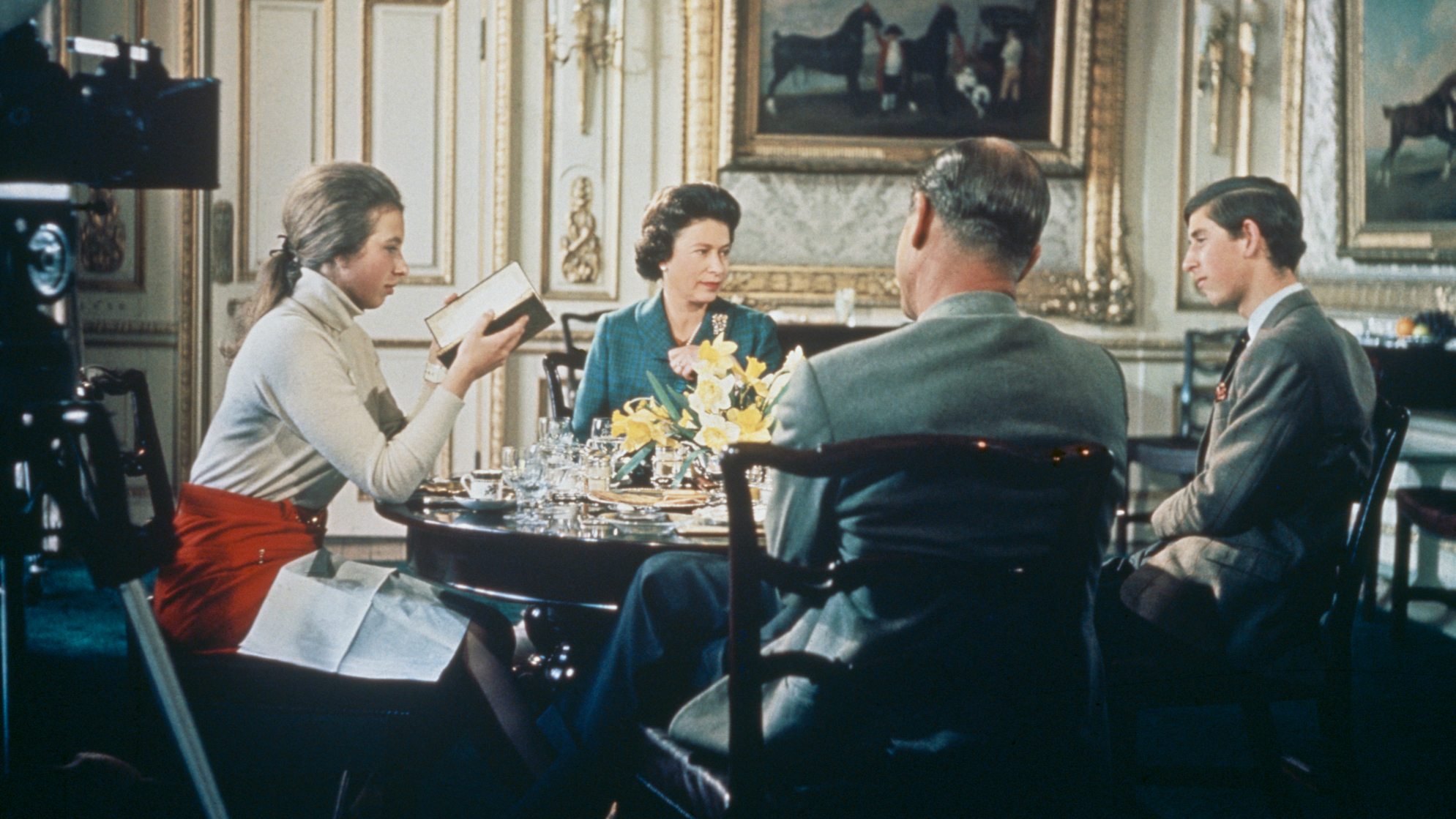
Amid growing accusations that the Monarchy was out of touch with post-war Britain during the Swinging Sixties, in 1968 The Queen agreed to allow cameras to film the family for a documentary to tie in with Prince Charles’s investiture. However, scenes of Prince Philip barbecuing at Balmoral and The Queen buying ice creams for their children (dispelling the myth she never carries money) fell flat with viewers, who didn’t like to see Royals ‘being normal’. Historians pinpoint the documentary’s airing in 1969 as the moment a lack of deference towards the Monarchy began to filter through society.
Maria Coole is a contributing editor on Marie Claire.
Hello Marie Claire readers – you have reached your daily destination. I really hope you’re enjoying our reads and I'm very interested to know what you shared, liked and didn’t like (gah, it happens) by emailing me at: maria.coole@freelance.ti-media.com
But if you fancy finding out who you’re venting to then let me tell you I’m the one on the team that remembers the Spice Girls the first time round. I confidently predicted they’d be a one-hit wonder in the pages of Bliss magazine where I was deputy editor through the second half of the 90s. Having soundly killed any career ambitions in music journalism I’ve managed to keep myself in glow-boosting moisturisers and theatre tickets with a centuries-spanning career in journalism.
Yes, predating t’internet, when 'I’ll fax you' was grunted down a phone with a cord attached to it; when Glastonbury was still accessible by casually going under or over a flimsy fence; when gatecrashing a Foo Fighters aftershow party was easy-peasy-lemon-squeezy and tapping Dave Grohl on the shoulder was... oh sorry I like to ramble.
Originally born and bred in that there Welsh seaside town kindly given a new lease of life by Gavin & Stacey, I started out as a junior writer for the Girl Guides and eventually earned enough Brownie points to move on and have a blast as deputy editor of Bliss, New Woman and editor of People newspaper magazine. I was on the launch team of Look in 2007 - where I stuck around as deputy editor and acting editor for almost ten years - shaping a magazine and website at the forefront of body positivity, mental wellbeing and empowering features. More recently, I’ve been Closer executive editor, assistant editor at the Financial Times’s How To Spend It (yes thanks, no probs with that life skill) and now I’m making my inner fangirl’s dream come true by working on this agenda-setting brand, the one that inspired me to become a journalist when Marie Claire launched back in 1988.
I’m a theatre addict, lover of Marvel franchises, most hard cheeses, all types of trees, half-price Itsu, cats, Dr Who, cherry tomatoes, Curly-Wurly, cats, blueberries, cats, boiled eggs, cats, maxi dresses, cats, Adidas shelltops, cats and their kittens. I’ve never knowingly operated any household white goods and once served Ripples as a main course. And finally, always remember what the late great Nora Ephron said, ‘Everything is copy.’
-
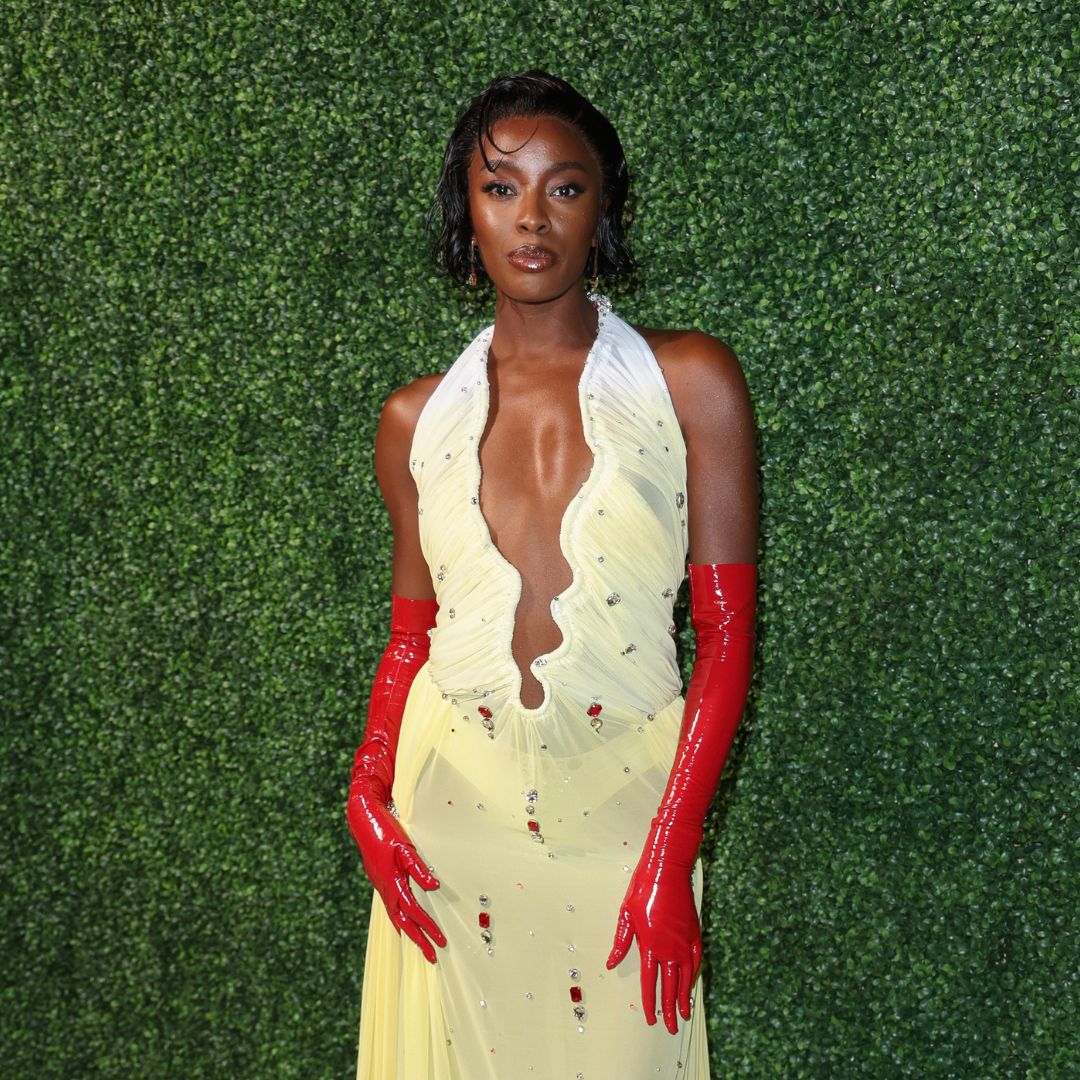 Anatomy Of A Wardrobe: TV presenter AJ Odudu is carving out her own lane, one show-stopping look at a time
Anatomy Of A Wardrobe: TV presenter AJ Odudu is carving out her own lane, one show-stopping look at a timeWatch as we take an exclusive look inside AJ's wardrobe
By Lily Russo-Bah
-
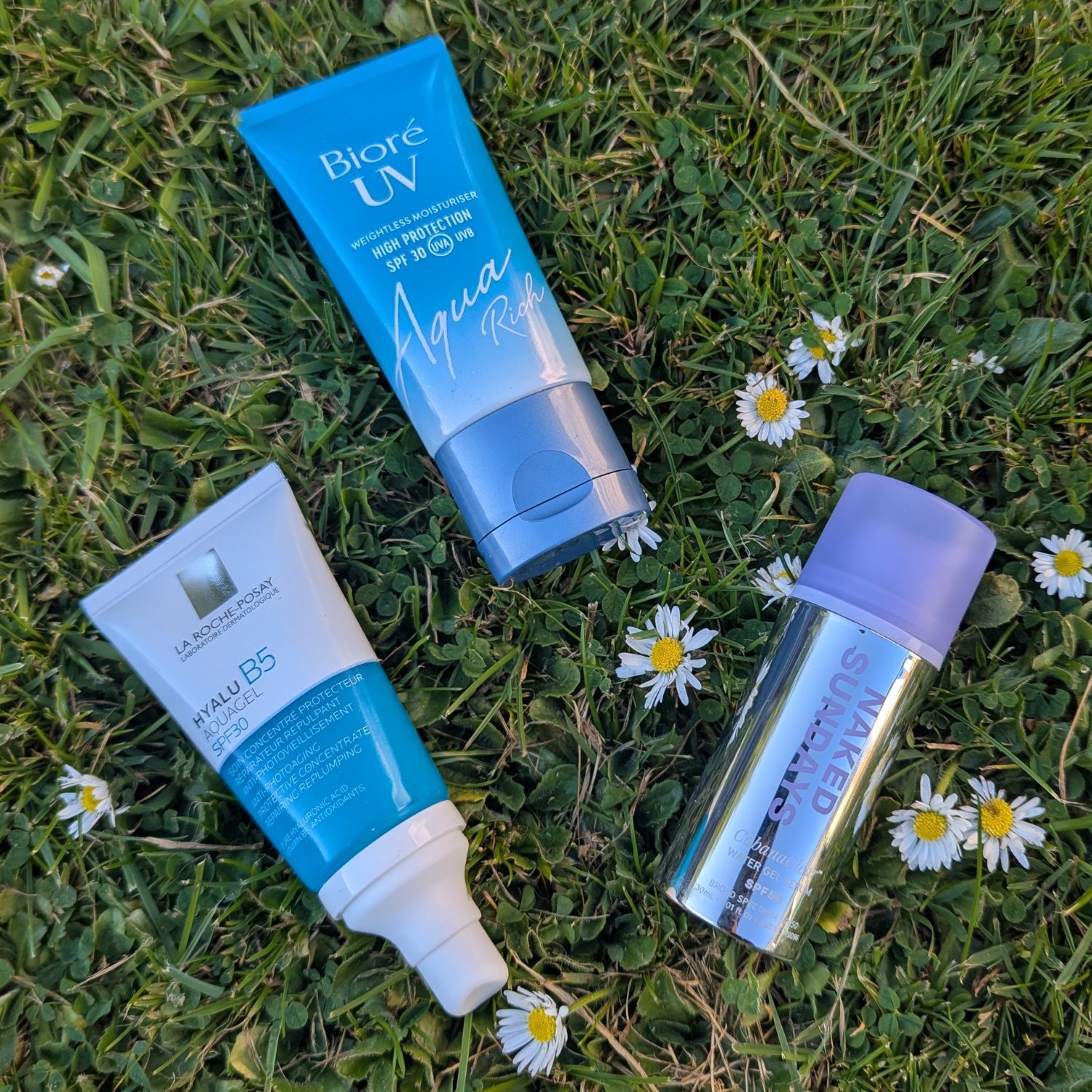 I’ve searched high and low for the best lightweight SPFs—these hydrating, water-based ones are a total game-changer
I’ve searched high and low for the best lightweight SPFs—these hydrating, water-based ones are a total game-changerNo excuses
By Jazzria Harris
-
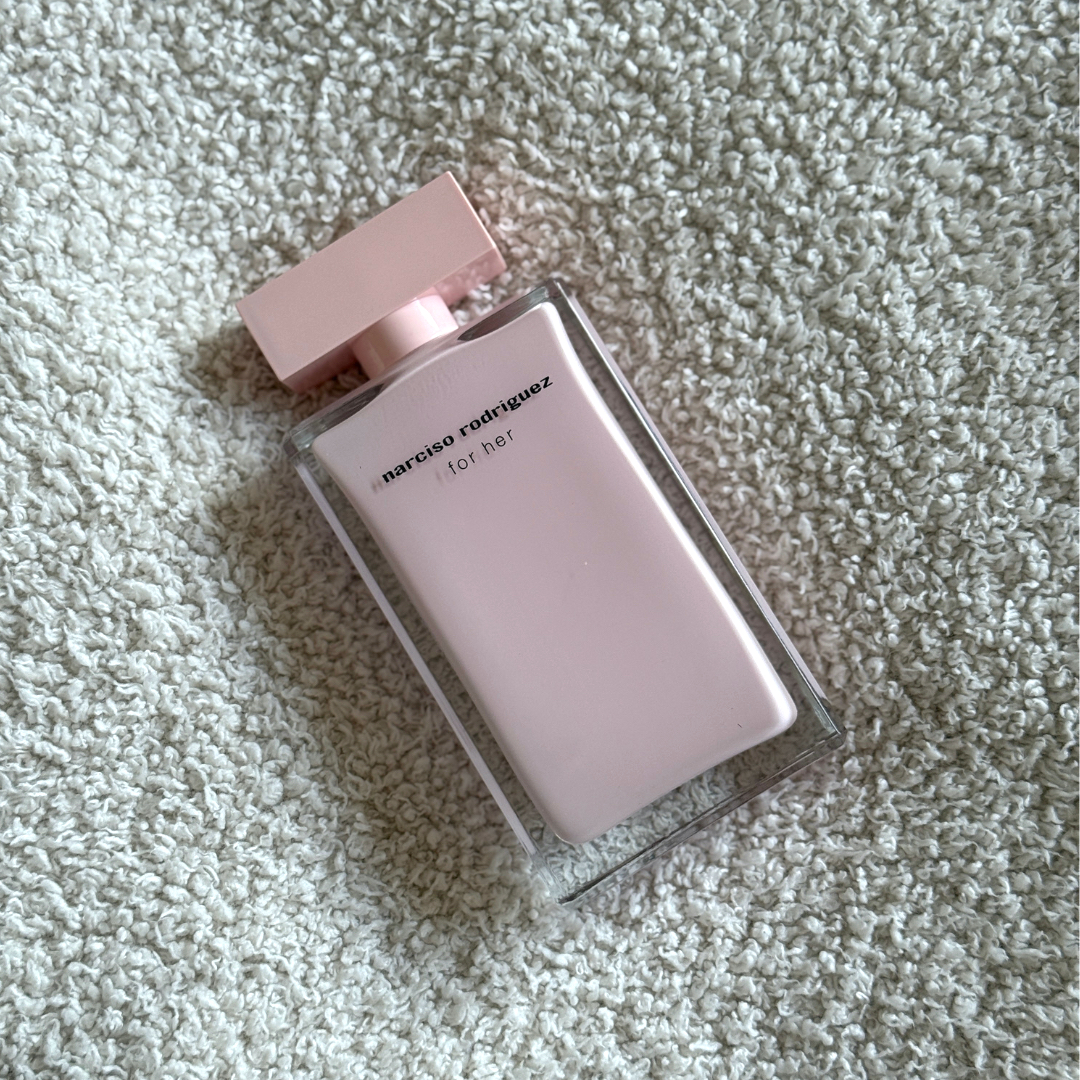 This perfume has been an icon for over 20 years, and for good reason—it’s soft, elegant, and oh so feminine
This perfume has been an icon for over 20 years, and for good reason—it’s soft, elegant, and oh so feminineFeminine but not *too* sweet
By Lucy Abbersteen